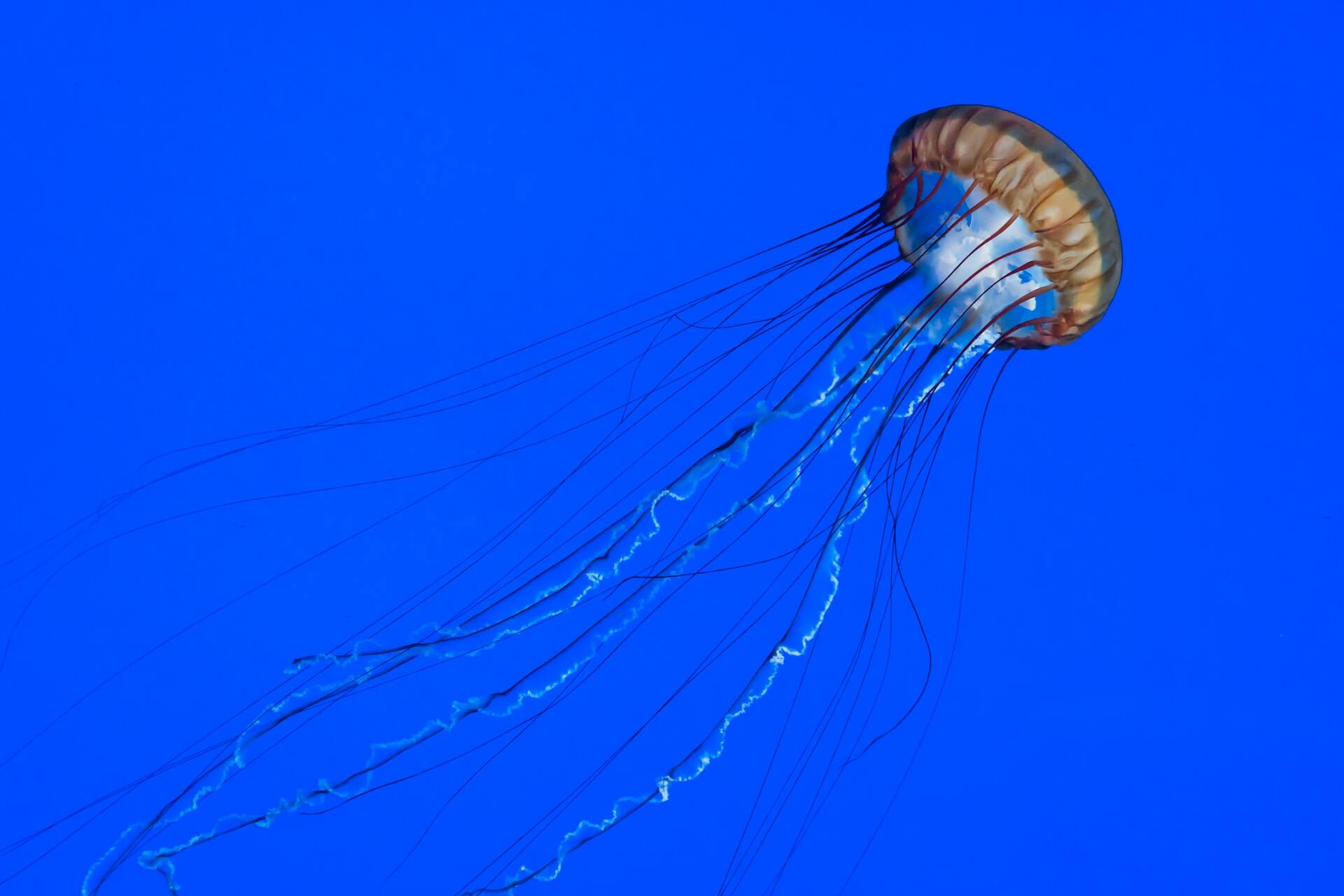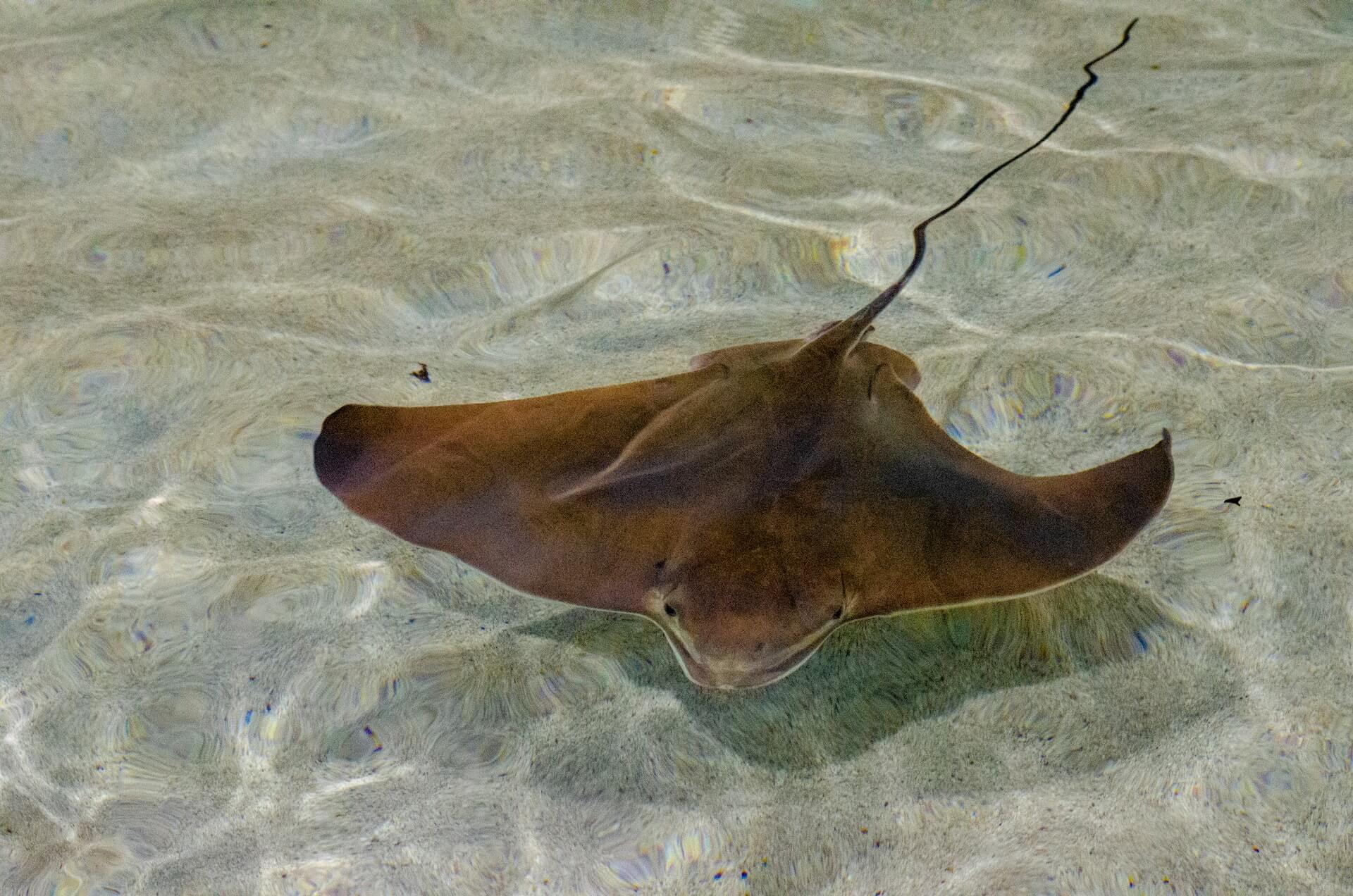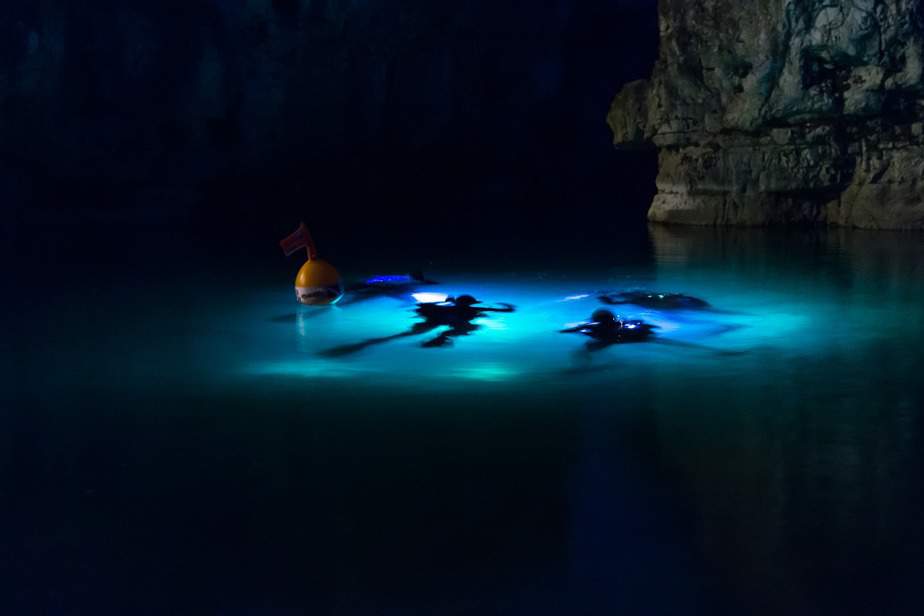Are you an avid beach lover who enjoys taking a swim in the ocean? If so, you might be wondering if swimming during nighttime is a safe activity. While the ocean is undoubtedly enchanting at night, you need to think about the risks involved before taking a dip in the dark.

It is generally NOT safe to swim in the ocean at night. The darkness reduces visibility, making it difficult to spot potential hazards or to see and signal for help if necessary. Additionally, some ocean predators display nocturnal behavior, increasing the risk of a dangerous encounter. With fewer people around, you are unlikely to get any help if you’re distressed.
Keep reading on to learn about the risks involved in nighttime swimming as well as how to take the proper safety precautions so you can keep yourself safe at night.
Is it Illegal to Swim in the Ocean at Night?
Before we begin, let’s consider: is it even legal to swim at night?
The legality of swimming at night varies depending on the location and regulations of specific beaches. Some areas may have restrictions in place to ensure the safety of beachgoers, while others might be more lenient.
In the United States, for example, there is no federal law prohibiting swimming at night. However, individual beach regulations may dictate whether or not you can swim after dark. Some local authorities enforce stricter rules to prevent injuries and to adequately manage the beaches.
The best course of action would be to familiarize yourself with the local regulations and conditions of the beach you intend to swim at. Safety should always be a priority, and if you’re unsure about the rules or conditions of a beach, it’s better to err on the side of caution and refrain from swimming at night.
Hazards of Night Swimming
Swimming in the ocean at night can pose numerous risks for you. In this section, we’ll cover the most important hazards to be aware of.
Low Visibility
One of the primary challenges of swimming in the ocean at night is the significantly reduced visibility. As daylight fades, so does your ability to see clearly both above and below the water. This can make it difficult to identify potential hazards until it’s too late.
Underwater obstacles like rocks, sharp shells, or coral can pose a threat, and floating hazards, such as drifting logs, can also be a concern. Additionally, spotting other swimmers to avoid collisions becomes increasingly difficult.
Rip Currents

Rip currents are strong, concentrated channels of water that flow away from the shoreline, often at high speeds. These currents can pose significant danger to swimmers, swiftly carrying them out to deeper waters.
Unfortunately, rip currents can be particularly challenging to spot at night, even for experienced swimmers. This lack of visibility can increase the risk of being caught in a rip current unknowingly. Once pulled away by these powerful streams, it becomes much harder for a swimmer to navigate back towards the shore, especially in the darkness.
Sea Animals
The ocean at night becomes a hub of activity for various sea creatures, some of which can pose a threat to humans.The reduced visibility at night can make it almost impossible to spot these creatures in time to avoid unwanted encounters.
The nocturnal nature of many sea creatures means the ocean bustles with activity during the night, some of which can pose a threat to swimmers.
Sharks

While shark attacks are extremely rare, sharks are generally more active during the night, especially at dawn and dusk. Their increased activity inshore, coupled with the decreased visibility for swimmers, may increase the risk of encounters with these predators.
Shark species like the Bull Shark and Tiger Shark are known to be particularly aggressive and are more likely to be close to shore during the night.
Sea Urchins
Sea Urchins are small, spiny creatures that often inhabit shallow waters. During the night, they can be extremely hard to spot. Accidentally stepping on or brushing against a sea urchin can result in painful injuries from their sharp, often venomous spines.
Some species, like the Flower Urchin, are among the most dangerous urchins, capable of delivering a potent venom when disturbed.
Jellyfish

Jellyfish are another marine animal that can be more prevalent and active at night. Certain types of jellyfish, like the Box Jellyfish, one of the most venomous creatures on earth, often come closer to the shore during night time.
Their stings can cause extreme pain and in some severe cases, can be life-threatening. With reduced visibility, it’s difficult to spot and avoid jellyfish in the water at night.
Lionfish
The Lionfish, with its long, venomous spines, is a threat to swimmers, especially at night when they are more active. Native to the Indo-Pacific but now present in other regions such as the Caribbean and the East Coast of the United States, Lionfish are known for their venomous fin rays, which deliver a painful sting causing a range of symptoms from sweating and respiratory distress to paralysis and heart failure.
Stingrays

Lastly, Stingrays, known for their venomous tail spines, can pose a risk to nocturnal swimmers. They often bury themselves in the sand in shallow water, making them hard to spot, especially at night.
Unwary swimmers can inadvertently step on these creatures, causing the stingray to whip its tail as a defensive mechanism, leading to painful, and sometimes deadly, injuries. The most famous case involved Australian wildlife expert Steve Irwin, who was fatally injured by a stingray.
Sea Debris
Swimming in the ocean always comes with the risk of encountering debris. This debris can range from natural material like seaweed to human-made waste such as plastic bags, all of which can pose potential hazards.
At night, these dangers are heightened due to the limited visibility. Debris can lead to entanglements, causing panic, potential injury, and even drowning if a swimmer gets trapped underwater.
Cold Temperatures
Water temperatures often drop at night, which can increase the risk of hypothermia during prolonged periods of swimming. When swimming at night, the body may not only have to contend with cooler water temperatures but also colder air temperatures, making it doubly challenging to keep warm.
Dress appropriately, and recognize the symptoms of hypothermia, which include intense shivering, loss of coordination, and drowsiness, to ensure immediate action can be taken.
Safety Measures for Night Swimming
Though swimming at night is not recommended, people are going to do it anyway, so it’s better to arm them with the appropriate knowledge to stay as safe as they can while swimming at night. Consider getting informed about the following safety procedures.
The Buddy System
When swimming in the ocean at night, it’s essential to never swim alone. Always practice the buddy system, which means swimming with at least one other person. This way, if an emergency occurs, there’s someone to help you or seek help from lifeguards or other beachgoers.
Bring Protective Gear

Wearing protective gear is important while night swimming. Water shoes can protect your feet against sharp objects or sea creatures that may be present at night. A wetsuit will keep your core temperature high so that you can avoid getting hypothermia.
Make sure to always carry an underwater flashlight or wear a headlamp to improve visibility in the dark water. It’s also a good idea to wear swim goggles for eye protection and better visibility underwater.
Wear Appropriate Swimwear
Choosing the right swimwear is crucial for night swimming. Opt for brightly colored or reflective swimwear, as it allows you to be more visible to others and makes it easier for lifeguards or your buddy to see you. Additionally, consider wearing a life vest if you’re not a strong swimmer or if you’re unsure about the conditions in the ocean.
Scout the Area First
If you plan on night swimming in an unfamiliar area, it would be prudent of you to scout the area out first during the day. Learn what the area is like, look for identifying landmarks, check the tide schedule, and ask locals about unusual currents. Look for warning signs highlighting dangers like jellyfish or riptides.
Lifeguard Services
Swimming in a lifeguarded area is a key safety measure during the day and at night. Lifeguards are highly trained to handle particular situations, such as rip currents and potential shark attacks.
If possible, choose a beach that provides lifeguard services during nighttime hours. If lifeguards aren’t on duty, make sure someone onshore is aware of your swimming plans and can contact help if needed.
Sources:

